Fruit and Vegetable Production
-
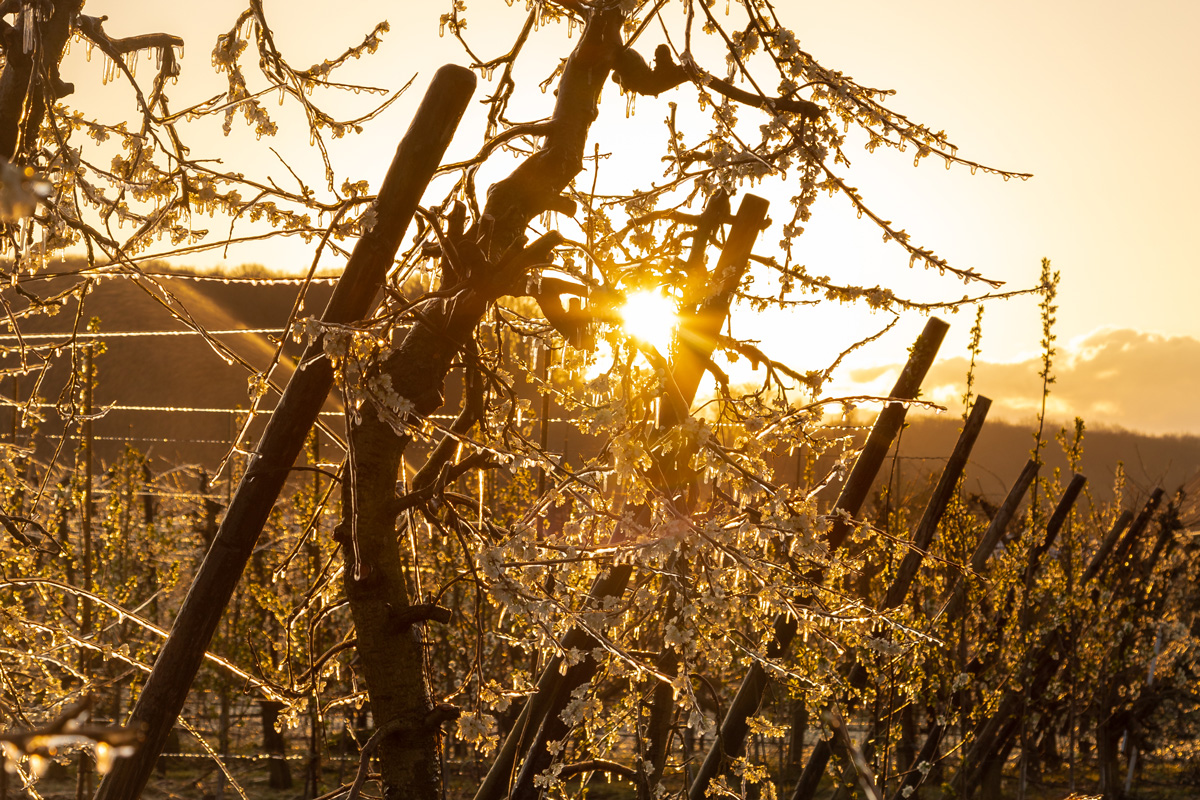
Freeze protection efforts should be based on the type of freeze, temperature, and wind speed that is impacting your crop. To apply frost protection, consider your crop value, the freeze protection capacity of your system, and the crop’s susceptibility to injury at each growth stage.
Erick Smith, Timothy Coolong, and Pam Knox
|
-

Vegetables require careful handling, storage, and monitoring to ensure the maximum postharvest life span. Because we are dealing with live organisms, the maximum attainable shelf life of vegetables can easily be affected depending on preharvest and postharvest factors that often manifest during storage. Following storage recommendations for each specific commodity helps to ensure the best quality and marketability of fresh produce. This circular contains basic guidance for the storage of most of Georgia-grown vegetables.
Andre Luiz Biscaia Ribeiro da Silva and Angelos Deltsidis
|
-
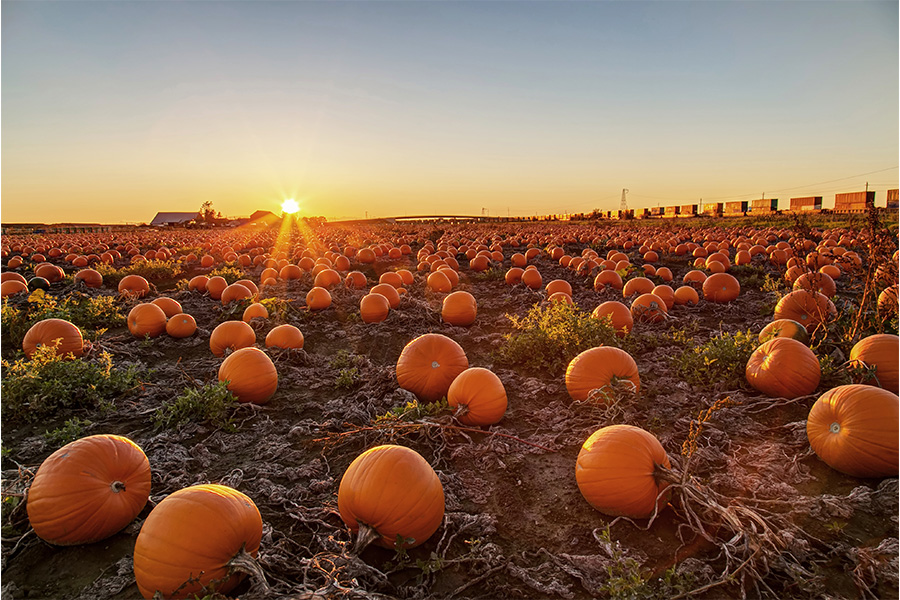
The seven topics covered in this publication are all integral parts of a successful pumpkin/gourd management program. Each topic is designed to focus on a particular aspect of production and provide the latest management technology for that phase of production. It is hoped that the information contained in this publication will assist growers in improving profitability.
Timothy Coolong and W. Terry Kelley
|
-
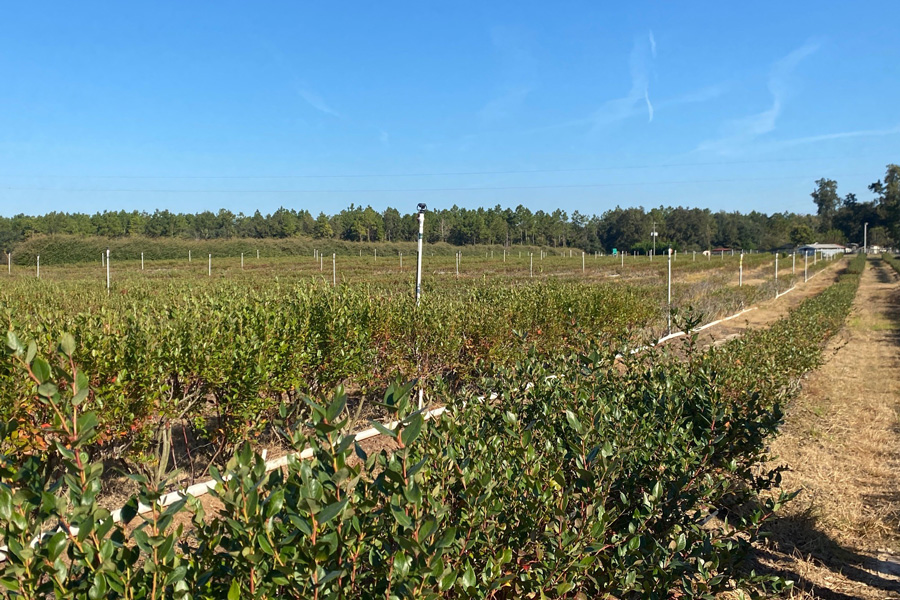
C 1267
Blueberry Pre-Establishment
This publication covers the considerations producers need to have in mind when choosing a site to plant blueberry. It describes the soil characteristics that are needed to grow and produce blueberry, how to identify good soil, soil drainage, and how prior crops could affect blueberry productivity.
Zilfina Rubio Ames
|
-

Ashfaq A. Sial, Brian Little, and Craig R Roubos
|
-
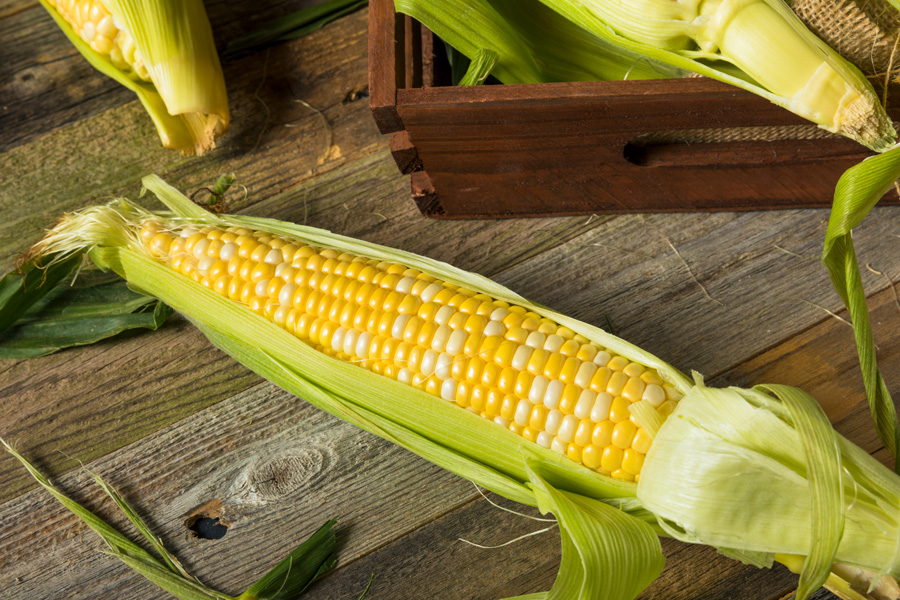
Summarizes shipper sweet corn production in southern Georgia.
Timothy Coolong and Ted McAvoy
|
-
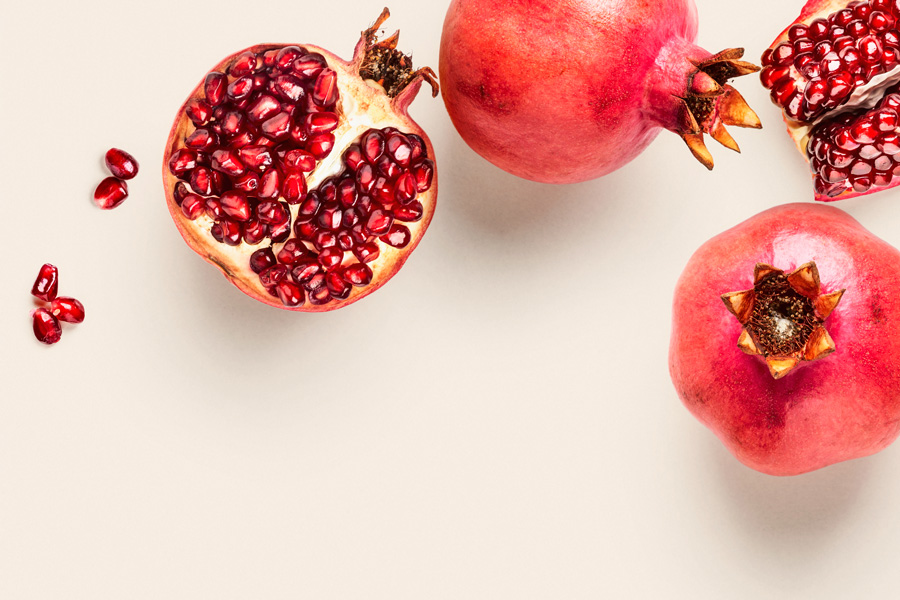
Pomegranate is an emerging crop that has been experiencing a significant expansion in Georgia. Pomegranates are excellent sources of sugars, soluble fibers, vitamins, minerals, and phytochemicals, including polyphenols with strong antioxidant activity. Because of their nutritional content, pomegranates are considered functional foods (foods that provide health benefits in addition to basic nutrition). Several value-added products may be developed from pomegranate arils and pomegranate peels, including food ingredients with strong antioxidant content, which may be appealing to health-conscious consumers interested in including more plant-based ingredients into their diets. Hence, antioxidant-rich foods such as pomegranates may be used by the U.S. food industry more often as a source of natural ingredients. Not only does consuming pomegranates provide numerous health benefits, but pomegranate derivatives also have the potential to improve the sensory properties and shelf-life of food products. This bulletin describes the main phytochemicals present in pomegranate fruits and provides an overview of the potential value-added products that may be developed from Georgia-grown pomegranates.
Jinru Chen, Kevin Mis Solval, and Emma Moore
|
-

C 1174
Pecan Management
This circular is a calendar-based management reference for pecan production in the Southeastern U.S. It provides an easy-to-use graphical guide for management decisions regarding crop phenology, irrigation and fertilization requirements, disease, and insect and mite arthropod pest management. It also includes information on production activities including timing for planting, harvesting, and nutrient sampling. Information on bearing and non-bearing trees are provided to address the different management requirements for these orchards. Temporally precise management decisions on horticultural activities, disease suppression, and insect pest control will maximize efficiency, improve tree health, optimize crop quality and yield, and promote ecological and economic sustainability.
William G. Hudson, Lenny Wells, Shane Curry, and Andrew Sawyer
|
-
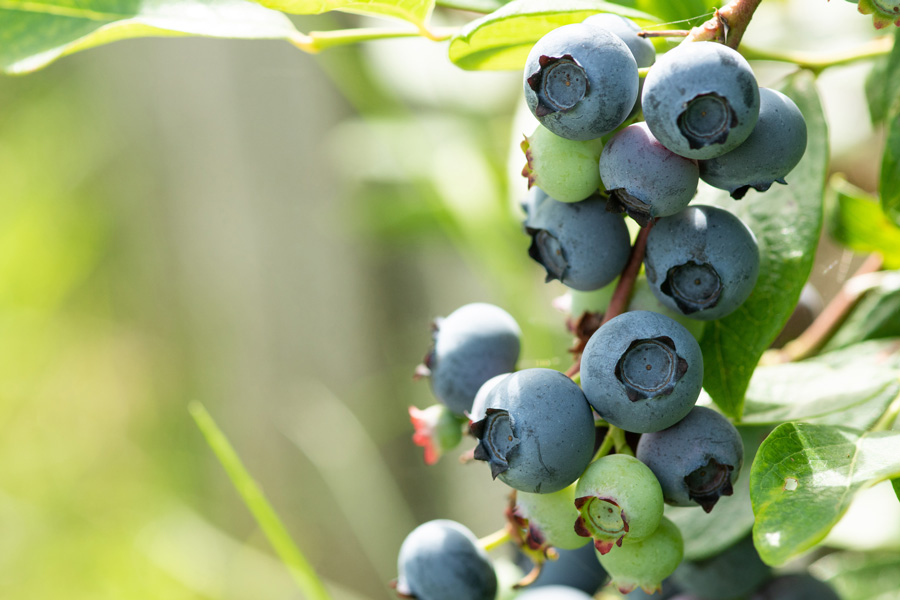
This publication provides updated (2023) Southeast-specific information on approved National Organic Program (NOP) disease and pest management options for blueberry production and addresses the issues most commonly encountered under the unique growing conditions of the Southeast U.S. This publication is not intended to provide all details on organic blueberry production, although it does include the production methods that reduce the impact of plant disease and pest issues. Emphasis in an organic system should be on cultural practices that reduce disease and pest pressure rather than pesticide applications. NOP-approved pesticides are usually less efficacious than conventional products. The pesticide label is the law and supersedes any information on pesticide use contained in this guide. Because environmental conditions and grower application methods vary widely, suggested use does not imply that performance of the pesticide will always conform to the pest control standards indicated by experimental data.
Elizabeth L. Little and Phillip M. Brannen
|